The first time this eclipse from SAROS 145 family unleashes its cyclic energies is August 11, 1832 and has returned only 11 times of 71 its complete cycle will have. Additional information on time and visibility in this link.
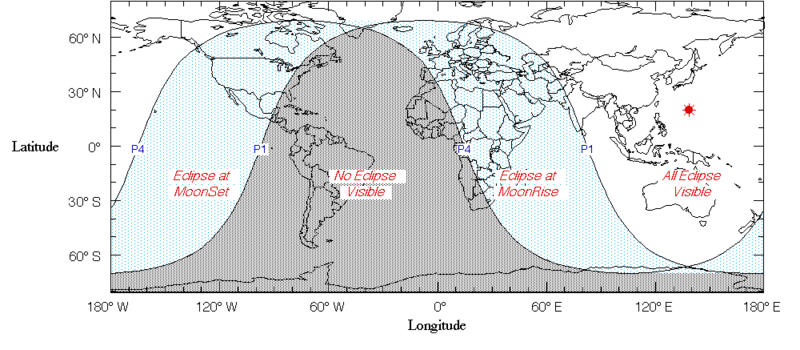
Its emanations turn around Electromagnetic Induction, and the cyclic walk through the history of this eclipse focuses on science records on or derived from electromagnetic induction exclusively. Unlike previous walks through history in search of cyclic patterns in eclipses where only the first and last three returns were considered, this time the 11 returns are reviewed.
Obviously, there are many other events that this eclipse emanations unleashed, however, in none of them links were so wide as with electromagnetic induction. Other considerations were:
- 1. Implications on energy management, not only on devices and systems, but also in us for we are energy and energy runs through our nervous system
- Its relationship with one of the four fundamental forces, electromagnetism, precisely the force that is the cause of life.
- The impact of electromagnetic induction on science and technology which changed and programmed habits and ways of life
- The new cycle opened on science and technology with processes developed throughout time with electromagnetic induction, as well as the new ways to manage energy and ‘advances’ made during 2012 mentioned further on.
- Energy ‘programming’, as well as in electrical currents, nature, devices, DNA, magnetic waves, magnetic fields
- Technology trends to use conductors where electrical charges do not use wires and its relationship with Inverse Magnetization from the last Transit of Venus.
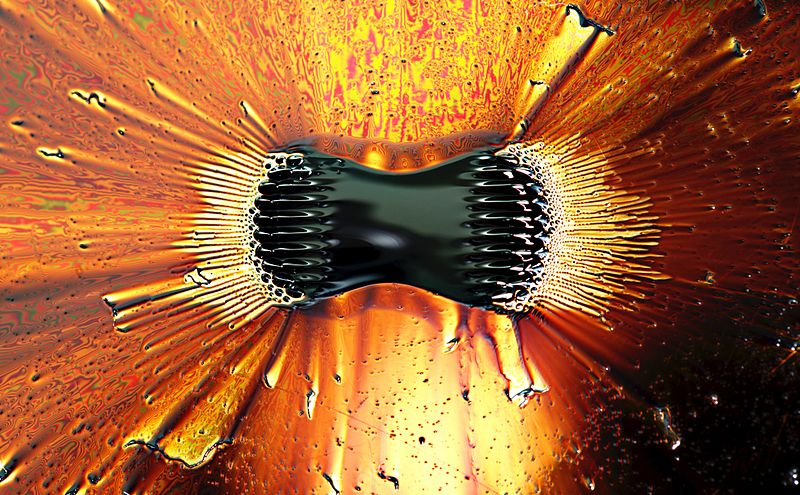
Some key words to go in depth on electromagnetic induction: particle | electron | fermion | bosson | Higgs | CERN | magnetism | electromagnetism | gravity | magnetic field | electromagnetic interaction
Some events selected in search of cyclic patterns in history through returns of Lunar Eclipse Saros 145 which can be found on Wikipedia:
1832
- Michael Faraday formulated that electromotive force (EMF) produced around a closed path is proportional to the rate of change of the magnetic flux through any surface bounded by that path. In practice, this means that an electric current will be induced in any closed circuit when the magnetic flux through a surface bounded by the conductor changes. This applies whether the field itself changes in strength or the conductor is moved through it. Later on, Faraday’s Induction Law became one of Maxwell’s equations and gave way to Field Theory.
- Since the electromagnetic law many electrical and mechanic devices were developed that predominated XIX century, like the first electromagnetic telegraph and the first electric generator, long distance transmissions and the binary system for signal transmissions.
- The principles of electromagnetic induction are applied in many devices and systems like: current clamp, electrical generators, electromagnetic forming, graphics tablet, hall effect meters, induction cookers, induction motors, induction sealing, induction welding, inductive charging, inductors, magnetic flow meters, mechanically powered flashlight, pickups, Rowland ring, transcranial magnetic stimulation, transformers, wireless energy transfer and many others.
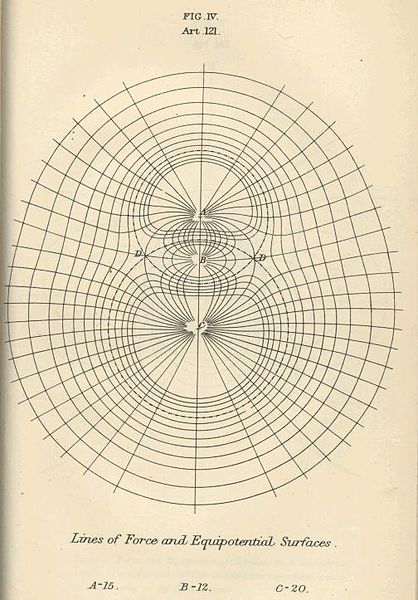
1850
- Jean Foucault establishes that light travels in water slower than in the air
- Michael Faraday tries to prove the link between gravity and electromagnetism, but fails
- Rudolf Clausius publishes his document on mechanical theory of heat, establishing the basic ideas for the second law of thermodynamics
- Hippolyte Fizeau and E. Gounelle measure the speed of electricity
- Léon Foucault demonstrates the greater speed of light in air than in water, and establishes that the speed of light in different media is inverse to the refractive indices of the media, using the Fizeau-Foucault apparatus
- John Tyndall and Hermann Knoblauch publish a report on “The magneto-optic properties of crystals, and the relation of magnetism and diamagnetism to molecular arrangement”
1868
- The element later named as helium is first detected in the spectrum of the Sun’s chromosphere by French astronomer Jules Janssen during a total eclipse in Guntur, India, but assumed to be sodium
- Pierre-Jules Janssen, lines of helium observed in the sun’s spectrum
- Lockyer, Crookes, element helium recognised and named
- William Huggins, Doppler shifts of stellar spectra
- Thomas Edison applies for his first patent on an electronic voting machine
1904
- Albert Einstein demonstrates that Maxwell’s equations do not require to describe electromagnetic radiation if Special Relativity is taken into account
- Albert Einstein, energy-frequency relation of light quanta
- Hendrik Lorentz, the completed Lorentz transformations
- Hantaro Nagaoka, planetary model of the atom
- Ambrose Flemming, diode valve and rectifier
- Henri Poincare, conjectured light speed as physical limit
- Ernest Rutherford, age of Earth by radioactivity dating
- Johannes Franz Hartmann discovers the interstellar medium
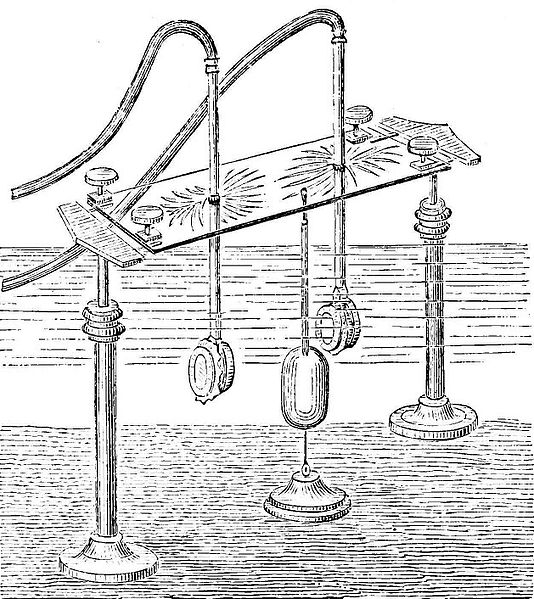
1922
- Cornelius Lanczos, transformation of De Sitter universe to an expanding form
- Alexsandr Friedmann, a model of an expanding/oscillating universe with matter included
- Arthur Compton studies X-ray photon scattering by electrons
- Otto Stern and Walther Gerlach show “space quantization”
- Hilding Faxén introduces Faxén’s law for the velocity of a sphere in fluid dynamics
1940
- Demonstrations for the first time of FM radio to the FCC in USA
- John Randall and Harry Boot, the cavity magnetron, device to transform electrical energy in elecgromagnetic energy in microwave form
1958
- Martin Ryle, evidence for evolution of distant cosmological radio sources
- Gary Feinberg, predicts that muon neutrino is distinct from electron neutrino
- David Finkelstein, resolves the nature of the black hole event horizon
- Earth’s magnetosphere is discovered
- Jack Kilby demonstrates the first integrated circuit.
- Arthur L. Schawlow and Charles H. Townes of Bell Laboratories publish a paper in Physical Review Letters setting out the principles of the optical laser
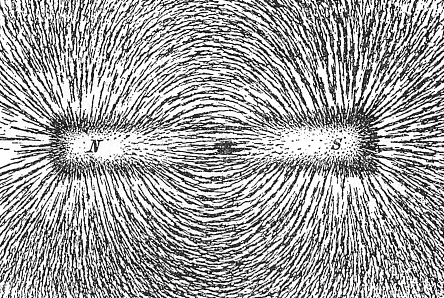
1976
- Scherk, Gliozzi, Olive: Superstring theory is an attempt to explain all of the particles and fundamental forces of nature in one theory by modelling them as vibrations of tiny supersymmetric strings, which move on a single space-time of more than 4 dimensions.
- Deser, Freedman, Van Nieuwenhuizen, Ferrara, Zumino: Supergravity field theory combining the principle of supersymmetry and general gravity.
1994
- Philip Gibbs, event-symmetric space-time
- Fermilab, Top Quark
- ‘t Hooft, Susskind Holographic principle
- Seiberg and Witten, Electro-magnetic duality in supersymmetric gauge theory
- The first three atoms of Roentgenium are observed by an international team led by Sigurd Hofmann at the GSI in Darmstadt
- Leonard Adleman describes the experimental use of DNA as a computational system to solve a seven-node instance of the Hamiltonian path problem, the first known instance of the successful use of DNA to compute an algorithm.
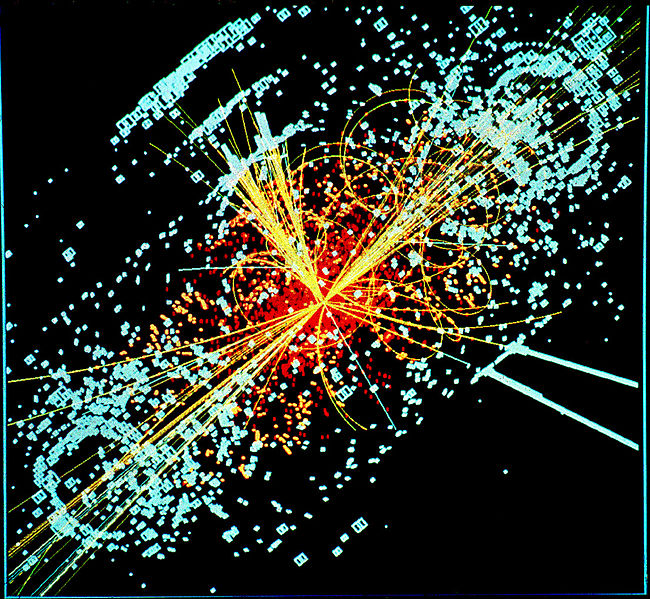
- The Large Hadron Collider detects an extremely rare particle decay event, casting doubt on the popular theory of supersymmetry.
- The LCH confirmed the existence of a particle known as the Higgs boson on July 4 2012, sometimes called “mass particle”. Observation of this particle would confirm predictions and ‘missing links’ of the Physics Standard Model, and be able to explain how these elemental particles acquire properties such as mass.
- Verification of the existence of Higgs boson would be a significant step for the unified theory, which tries to relate three of the four fundamental known sources. This boson could also explain why gravity is so weak compared to the other three forces. Along with the Higgs boson other new particles could be produced whose existence has been predicted by theory, and for which search has been planned, such as strangelets, micro black holes, mangnetic monopole or supersymmetryc particles.
- Physicists conduct the first quantum teleportation from one macroscopic object to another, potentially allowing the development of quantum routers and a quantum Internet
- For the first time, encrypted quantum signals are successfully sent down a conventional broadband fiber, instead of requiring a dedicated individual cable. This development could allow quantum cryptography, which offers near-impenetrable data security, to become available to the general public
- American researchers successfully “cloak” a three-dimensional object, making it invisible from all angles, for the first time. However, the demonstration works only for waves in the microwave region of the electromagnetic spectrum
- Scientists publish (in Science, Nature and elsewhere) the most detailed analysis to date of the human genome, revealing that much more of our genetic code is biologically active than previously thought, and largely disproving the notion of junk DNA
- Harvard cracks DNA storage, crams 700 terabytes of data into a single gram
*Click on images to go to the source